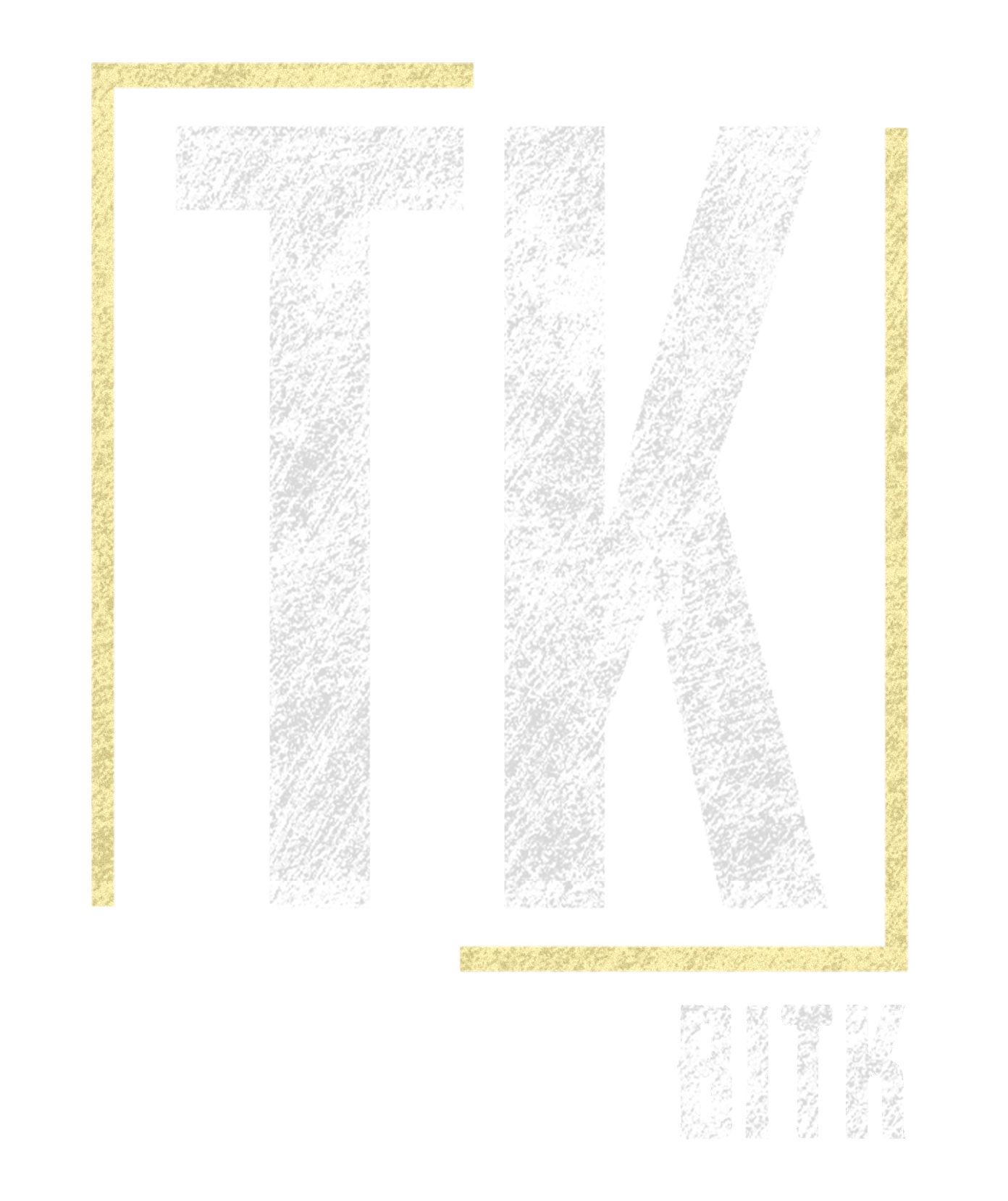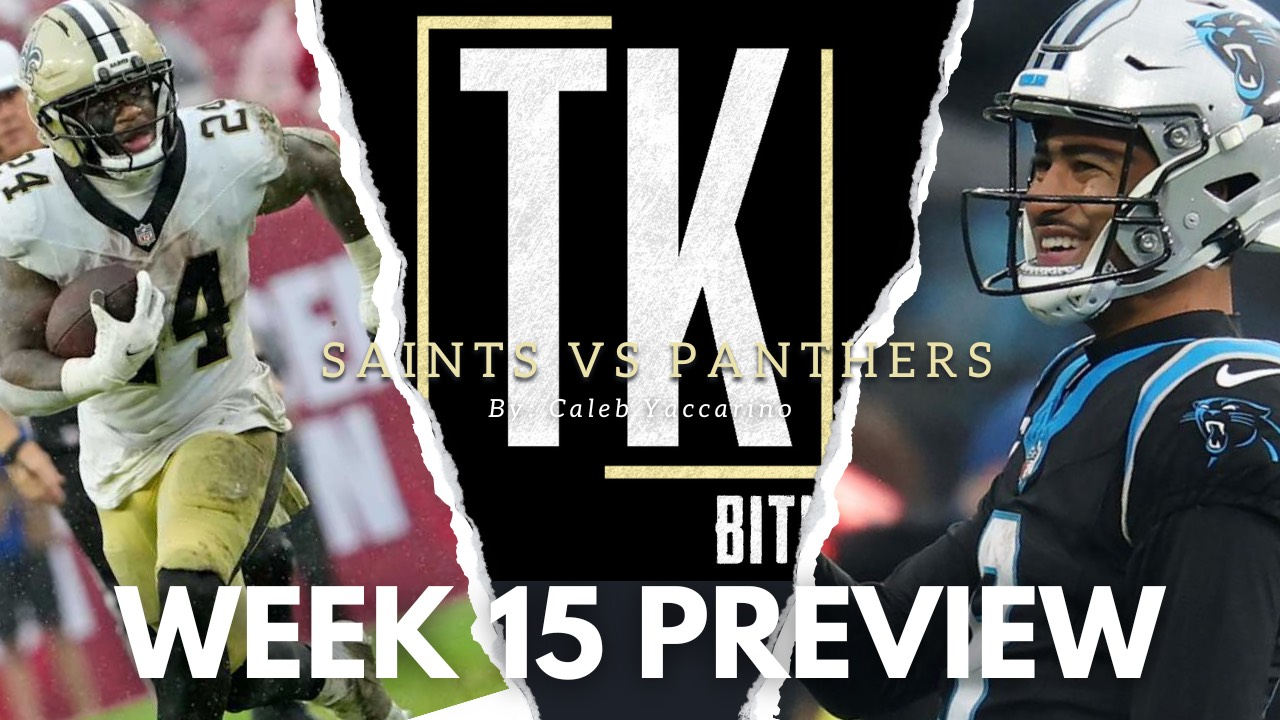How Did We Get Here?
Coming into the 2022 season, there wasn’t much talk about the Tulane Green Wave. They had come off of a largely disappointing 2021 campaign where they finished just 2-10. The media poll had them pegged to finish 7th in the AAC. Many pundits had them picked to have one of the worst defenses in the NCAA.
Fast forward to mid October, and now Tulane sits at 5-1, knocking on the door of their first Top25 ranking since 1998 (the unofficial National Championship Season), with a key victory over a power 5 school that is currently ranked #17. For context, the last time Tulane defeated a power 5 school was 2010, and that was a 4-8 Rutgers team. You’re probably wondering how on earth we got here?
The short answer: That very same defense that was supposed to be one of the worst in the NCAA.
So what did they do? Outside of a few transfers, in Lummi Young IV and Patrick Jenkins, largely nothing is different personnel wise. One could argue that these two players, while playing well, really haven’t been major game changers either.
However, somehow this defense, is currently ranked 15th overall in the NCAA, specifically led by their pass defense, currently ranked 4th in the nation only giving up 151 yards per game. They have managed to hold #17 ranked Kansas State to 10 points, with long shot heisman candidate Adrian Martinez under center. They also shut down ECU’s Hilton Ahlers, who came into the matchup #13th in the nation in passing yards, holding him to 1 touchdown 2 interceptions and just 5.6 yards per attempt.
The defense has been swarming to say the least. Combine this with an offense that has always been creative enough to put points on the board, and you have a recipe for winning in New Orleans. (Someone tell the Saints)
Furthermore, the defense has had a player earn the honors of AAC defensive player of the week 4 of the 6 weeks the award has been given this season. Standouts to watch here are Macon Clark and Nick Anderson both earning the award twice so far.
Whatever you feel the reason may be, I’m giving kudos to the coaching staff, specifically defensive coordinator Chris Hampton. For a little insight maybe we need look no further than his Twitter profile, where his bio states: “culture override’s scheme”.
Whatever your recipe is coach, keep it coming, the Green Wave fans everywhere are eating it up.
Also, as a message to the NCAA #rankthewave you cowards.
RANK
— The Kneaux (@beinthekneaux) October 10, 2022
THE
WAVE #RankTheWave #Tulane #GreenWave #Football #CFB https://t.co/6PKrvtqQyX
A quick share helps us a lot!



